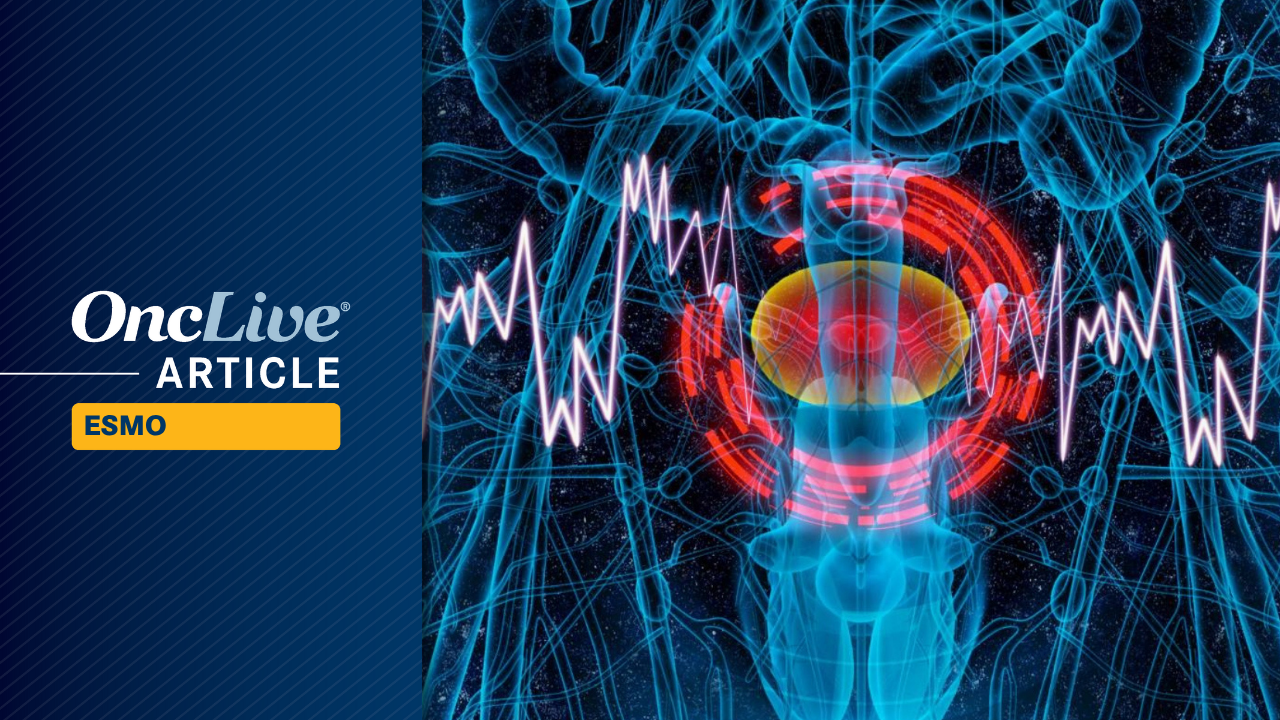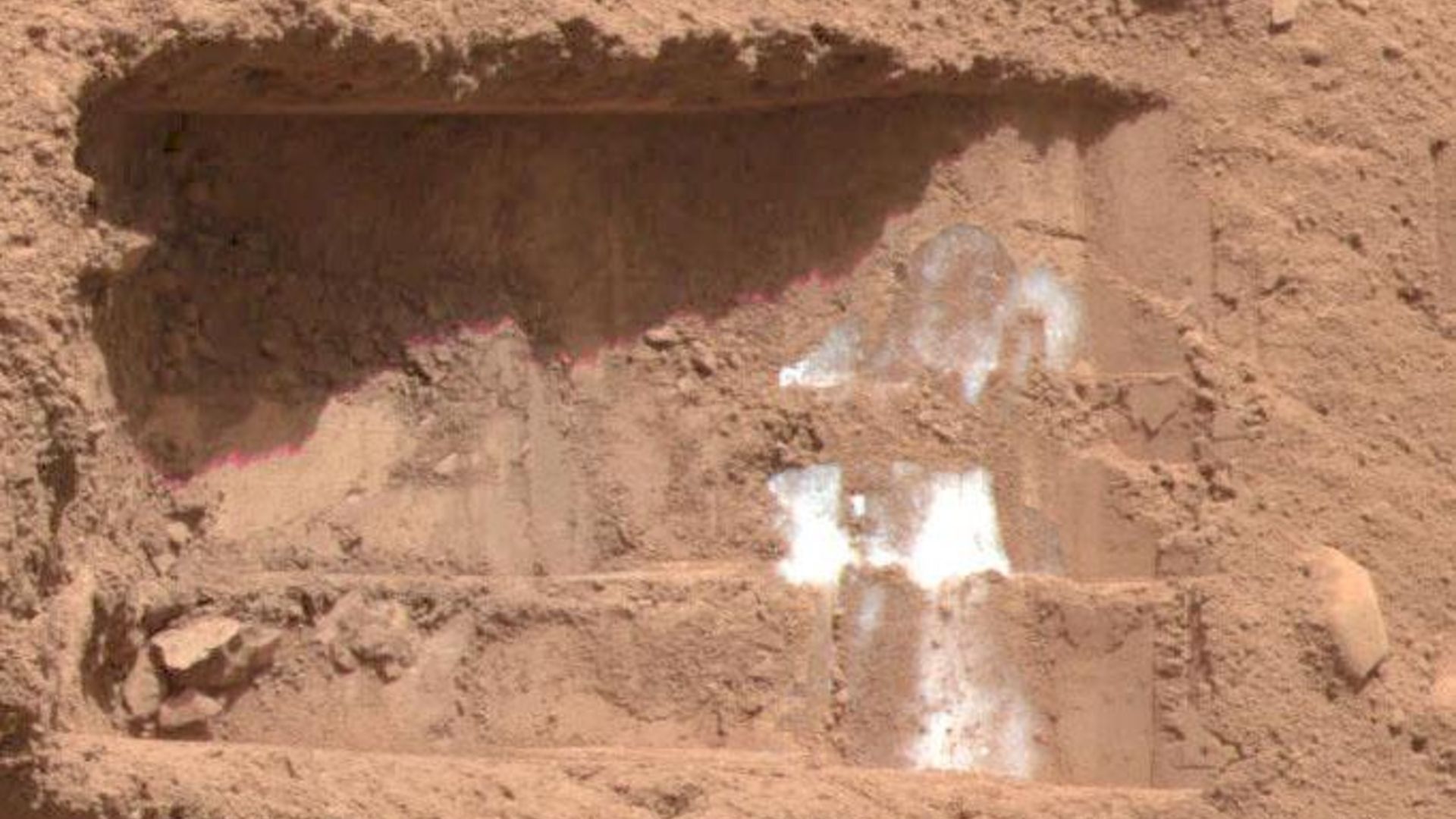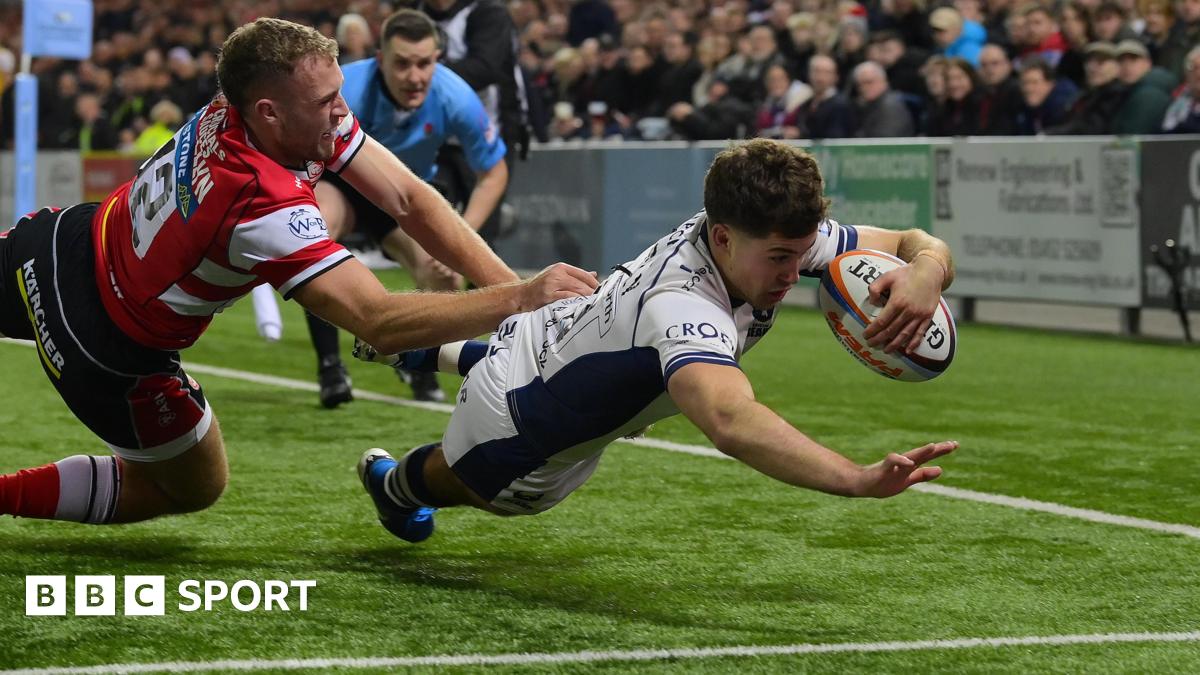Neoadjuvant treatment with gemcitabine intravesical system (TAR-200; Inlexzo) plus cetrelimab led to a high pathologic complete response (pCR) rate and recurrence-free survival (RFS) rates in patients with muscle-invasive bladder cancer (MIBC), according to data from the primary analysis of the phase 2 SunRISe-4 study (NCT04919512).1
The findings, which were shared during the
“At the primary analysis of SunRISe-4, neoadjuvant gemcitabine intravesical system plus cetrelimab showed a high pCR rate and 12-month RFS rate, supporting further investigation of the combination in MIBC,” Andrea Necchi, MD, said in a presentation of the data. “Exploratory urinary tumor DNA [utDNA]/circulating tumor DNA [ctDNA] minimal residual disease [MRD] results support further investigation as predictive biomarkers for residual disease after neoadjuvant therapy in MIBC.”
Necchi is an associate professor at Vita-Salute Raffaele University and the head of genitourinary medical oncology at IRCCS San Raffaele Hospital and Scientific Institute in Italy.
What Is the Unmet Need for Patients With MIBC Who Do Not Receive Cisplatin-Based Chemotherapy?
For patients with MIBC, standard treatment is radical cystectomy with neoadjuvant cisplatin-based chemotherapy or chemoradiation in select cases; however, up to half of patients are not candidates to receive cisplatin or they refuse to receive it. These patients receive standard-of-care immediate radical cystectomy. In those who are undergoing radical cystectomy, it is known that pathologic stage represents a prognostic factor for survival.
Necchi reported that with radical cystectomy alone, patients will achieve pCRs ranging from 10% to 15%; with neoadjuvant cisplatin-based chemotherapy, these rates range from 26% to 42%. Those who receive checkpoint inhibition in the neoadjuvant setting experience pCRs ranging from 31% to 37%. Patients who received neoadjuvant chemotherapy and experienced pCR experience lower risk of death and risk of recurrence than those who have residual disease. As such, “there is a need for effective and more tolerable treatment options for patients with MIBC who are candidates for radical cystectomy but neoadjuvant cisplatin-based chemotherapy,” he underscored.
What Is the Design of the SunRISe-4 Study?
The multicenter, open-label, parallel cohort, phase 2 study enrolled patients with histologically confirmed cT2 to T4a N0M0 MIBC who had predominant urothelial carcinoma histology. They were at least 18 years of age, had an ECOG performance status of 0 or 1, were not eligible or were refusing cisplatin-based chemotherapy, and were scheduled to undergo radical cystectomy.
Patients were randomized 5:3 to cohort 1 (n = 101) or cohort 2 (n = 58). Those in cohort 1 received TAR-200, so 225 mg of gemcitabine every 3 weeks (Q3W) indwelling for 12 weeks plus cetrelimab at 360 mg Q3W for 12 weeks. Those in cohort 2 received 360 mg of cetrelimab Q3W for 12 weeks. After 4 cycles of treatment, patients underwent radical cystectomy at week 12. They then entered into follow-up.
Stratification factors included visible residual disease at transurethral resection of bladder tumor (complete vs incomplete) and tumor stage at time of MIBC diagnosis (cT2 vs CT3 to 4a). The primary end point of the study was pCR rate (ypT0N0), and secondary end points included RFS and safety. Exploratory end points comprise pOR (≤ypT1N0), overall survival, time to symptomatic progression, quality of life, pharmacokinetics, and biomarker analysis.
During the ESMO Congress, Necchi shared findings from the primary analysis of the study, as well as data from exploratory biomarker analyses of utDNA and ctDNA MRD. He noted that “side-by-side descriptive summary of efficacy was conducted, and no statistical hypotheses were tested to compare cohorts.”
What Were the Characteristics of the Patients Enrolled to SunRISe-4?
The median patient age in cohort 1 was 74 years (IQR, 69-77) and 69 years (IQR, 64-74) in cohort 2. Most patients were male (85.1%; 79.3%), White (71.3%; 74.1%), from Western Europe (40.6%; 43.1%), former nicotine users (50.5%; 58.6%), had an ECOG performance status of 0 (82.2%; 77.6%), and stage T2 disease at initial diagnosis (78.2%; 84.5%).
Additionally, 11.9% of those in cohort 1 and 15.5% of those in cohort 2 previously received intravesical therapy; 18.8% and 13.8% of patients had residual disease. In cohort 1, 50.8% of patients had a low PD-L1 status and 49.2% had high PD-L1 status; in cohort 2, these rates were 74.2% and 25.8%. Moreover, 21.8% of those in cohort 1 and 27.6% of those in cohort 2 had urothelial carcinoma with variant histology. In cohort 1, 45.5% of patients were ineligible for neoadjuvant cisplatin-based chemotherapy and 54.5% refused; in cohort 2, these respective rates were 37.9% and 62.1%.
What Additional Data Were Shared During the Meeting?
At baseline, 81.8% of patients with visibly complete transurethral resection of a bladder tumor (TURBT) were utDNA MRD positive; 83.3% of those with visibly incomplete TURBT were utDNA MRD positive at baseline.
The proportion of patients who were utDNA MRD-positive was reduced after 12 weeks of neoadjuvant treatment, irrespective of treatment. Specifically, in cohort 1, 77.8% of patients were utDNA MRD-positive at baseline, and this percentage dropped to 50.0% at week 12; in cohort 2, 90.9% of patients had utDNA positivity at baseline, and this rate dropped to 55.6% at week 12. No meaningful differences were noted between the cohorts, according to Necchi, who added that sample sizes were limited.
utDNA MRD-negative status at week 12 and utDNA clearance from baseline to week 12 were both linked with pCR. Specifically, 81.5% of patients who achieved pCR (n = 22/27) were utDNA MRD negative at week 12 vs 21.2% of those who did not achieve pCR (n = 7/33; Fisher’s test, P = 5.4 x 10-6). Eighty percent of those with utDNA MRD positivity at baseline and who achieved pCR (n = 12/15) had utDNA clearance at week 12 vs 13.3% of those who did not experience pCR (n = 2/15; Fisher’s test, P = .0006).
Moreover, ctDNA MRD negativity status at baseline and week 12 was associated with longer RFS. The hazard ratio (HR) for RFS by baseline ctDNA MRD status (n = 44) was 4.42 (95% CI, 0.91-21.3; log-rank P = .04). The HR for RFS by week 12 ctDNA MRD status (n = 44) was 4.66 (95% CI, 1.24-17.4; log-rank P = .01). Necchi clarified that week 12 ctDNA MRD status and ctDNA clearance at week 12 were not significantly linked with pCR (P = .12; P = .15).
In an exclusive interview with OncLive®,2 Necchi walked through the









